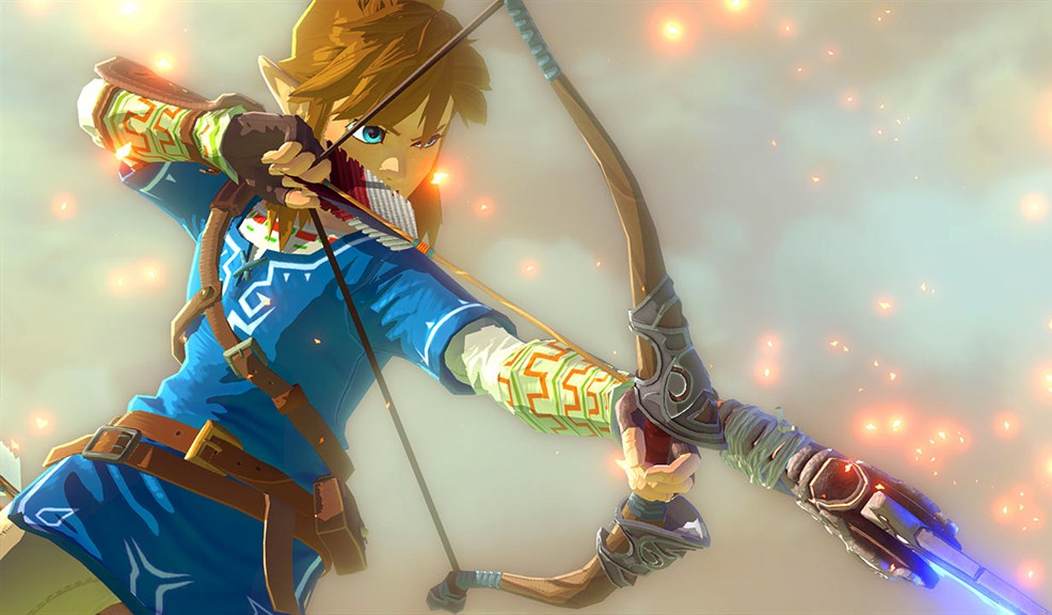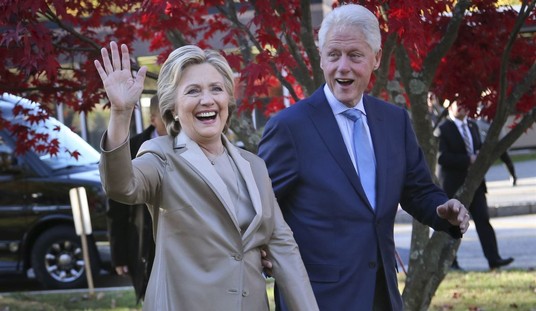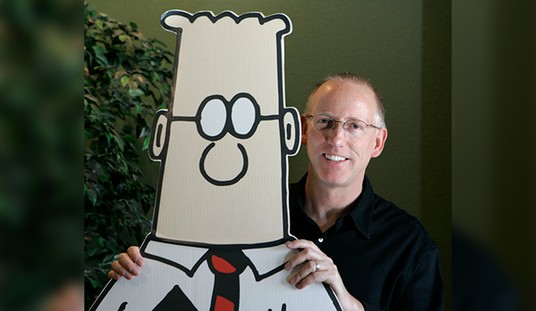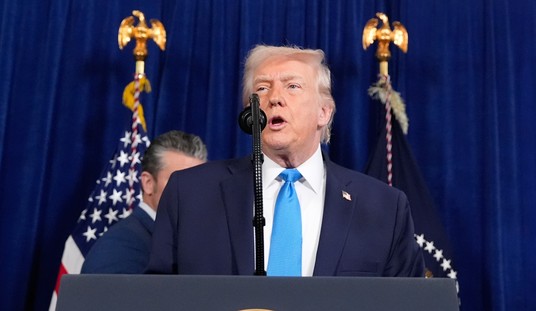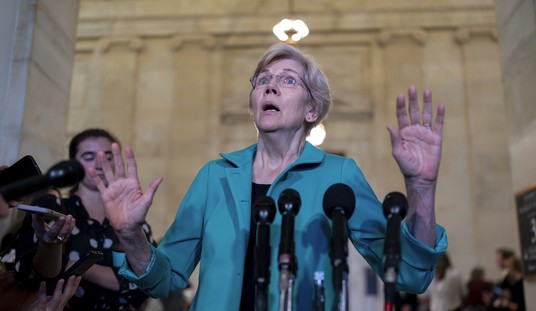There’s a plague sweeping Hollywood in the form of the race swap. It’s a politically-driven method of storytelling that takes a previously established character and then makes them a different race than they were written, not because the story calls for it, but because modernity demands it. Even if the race swap doesn’t make any sense, it’s done anyway.
You’ve seen this recently in the live-action Disney remake “The Little Mermaid,” and egregiously in some of the main characters from Lord of the Rings in the game Magic the Gathering. Despite both of these tales having distinct characteristics as they were written, modern writers and producers feel that doing this will help with “inclusivity” and “diversity,” allowing people to “see themselves” on screen.
I’ve deconstructed this idea in greater detail in a previous article.
(READ: What’s Behind the Modern Obsession With Race Swapping?)
Race-swapping is not only a lazy way to virtue signal by giving a race a hand-me-down character, but the focus on politics takes away from the story. It doesn’t even just happen to fantasy characters. Sometimes this political signaling attacks real historical characters, the latest of which was Queen Cleopatra of Egypt.
This only goes one way, however. Recently, many people in the social justice community became incensed to the point of threatening literal violence because the person cast to play Nani in Disney’s next soulless cash-grab live-action remake, Lilo and Stitch, wasn’t dark enough. This even though Nani is a Pacific Islander and the woman cast to play her was…a Pacific Islander.
It’s a forced issue that has made the escapism scene a pretty annoying place, which is what they want. They cannot let you go anywhere or enjoy anything without having to fight for it. It’s a push for demoralizing the community to the point of acceptance and normalization. The hope is that soon the people will just accept that political retellings, recastings, and reimaginings are the norm, and once you have control of the stories you can control damn near anything.
But it’s not just movies and television, it’s also video games. It’s here that we’re seeing what amounts to a forced false canonization of characters even without the approval of the creators. Ladies and gentlemen, I give you the next hottest thing from the social justice assault on culture; the “gay-swap,” and first up on the docket is none other than Link, the hero and protagonist of Nintendo’s The Legend of Zelda series.
These “gamers” are a tiny subsection of the worldwide gaming community and LoZ fan base. Why is this even news? pic.twitter.com/WSUlr7ErfJ
— Brandon Morse (@TheBrandonMorse) June 1, 2023
The idea being reported on by Fox News (for some reason) has been circulating around the LGBT activist community for some time. Apparently, since Link and Zelda seldomly ever show romantic feelings toward one another, it must naturally mean that Link is gay, but now it’s gone even further with claims that Link is actually transgender. What’s the basis for this?
Link’s recent designer, Eiji Aonuma, said he wanted to make the elf-warrior look more gender-neutral so that anyone playing him could sink themselves into his boots. However, Aonuma made it clear that Link is still a male:
“I really wanted the designer to encompass more of a gender-neutral figure. So, I’ve always thought that for either female or male players, I wanted them to be able to relate to Link,” continued Aonuma, who went on to say that he designed Link to be more masculine in a 2006 Zelda game before reverting to a more gender-neutral iteration in 2017.
“As far as gender goes, Link is definitely a male, but I wanted to create a character where anybody would be able to relate to the character,” Aonuma said. “So, that’s why I think the rumor went around that Link could be a female because maybe the users were able to relate in that way.”
Androgyny does not a transgender person make. If that were the case, then every ’80s hair metal band would be transgender. The design choice to make Link look slightly feminine had more to do with making the protag more relatable to whoever was holding the controller. Link’s mannerisms and design have always traditionally been geared toward allowing the player to imprint their personality on him, so Aonuma’s explanation comes as no surprise.
But in the same way a drop of blood can attract the sharks, the slightest hint that a character might fall into a respective social justice group is enough for people to declare that the character is one of them. These hints don’t even have to exist in reality either. They can be pulled out of thin air.
Think back to the “Give Captain America a Boyfriend” movement back when Captain America: Civil War was being released, which had these same “fans” declaring that they wanted to see Steve Rogers and long-time best friend and fellow soldier Bucky Barnes be romantically linked. They also attempted to make the relationship between Frodo and Sam from “The Lord of the Rings” a queer couple as well.
Keep in mind, this is a very small group of people making these demands and rewriting these characters with bad fanfiction to fall outside of their established characteristics. So how do this small group make an idea so prominent?
Easy. Start shouting about it online and the media will be along shortly to mold the story into a movement out of thin air. They’ll take a few people on Twitter, or even a singular group consisting of a small number of people, and then pair them with very general terms. Suddenly these four or five people become “the gaming community” or my personal favorite, “the fans.” Using these kinds of terms is like putting a mouse in front of a light to cast a large shadow, making the minuscule look monstrous.
Why are they doing this? As I wrote before when they attempted to make a gay offshoot of Captain America, it’s all about taking away your symbols:
It’s important to remember that it’s not about Rogers the character, it’s about Rogers the symbol. The embodiment of America made into a character has to be perverted, changed, disillusioned, and ready to turn his back on everything he believed, because he suddenly realized that the thing he believed in is a lie.
He has to believe America is a racist place that mistreats immigrants and hates poor people. The incorruptible individualist needs to turn from his American ways and embrace that of the woke — because the woke believe that if they can turn Cap, they can turn you.

